Notice These Signs? It’s Time To Replace Your Hardwood
Hardwood flooring is one of the most preferred flooring options for homes across the Front Range.
A National Wood Flooring Association survey found that just over 50 percent of homeowners had wood in their homes. But when they were asked what kind of flooring they would install in their dream home, 66 percent said hardwood.
We love hardwood. And right here in Colorado, we love it even more. Maybe it’s because we love being outdoors, enjoy all the Rocky Mountains have to offer. And when we want flooring that stands up to both our summer fun and winter activities, what could be better than having hardwood flooring?
But all of that activity can sometimes take a toll on hardwood. If you’ve been enjoying your hardwood floors for years, maybe it’s scratched, looking a little dull, and in need of repair.
You were excited when you moved into your home because you knew hardwood would last for years. But now, all you can do is see age, and signs of wear. What should you do? Is it time to replace your hardwood flooring? Here are a few ways you can tell.
There are deep scratches and marks across the floor
Hardwood holds up great to a variety of family activities. But every once in a while, something impacts the flooring, and there’s nothing you can do to change it. You see it all across the floor.
- The place you drug the chair across, and it made a deep gouge.
- The area where the dog loves to scratch and play.
- The space where the Christmas tree goes each year – it’s clearly marked by a ring.
A few scratch marks might not be of concern. But it might be time to replace it when you start to notice the scratches more than you do the flooring. If a scratch is deep enough to move through the stain and finish and into the wood, the surface area is more vulnerable to staining and water damage. This is especially true in the kitchen or near entryways where it’s more likely to receive moisture.
The wood is soft and spongy
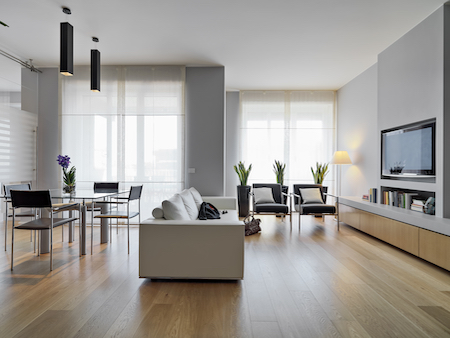 When you walk across a hardwood floor, it should be hard without give. When you hit soft or spongy spots in your floor, it’s a sign the wood underneath is starting to decay.
When you walk across a hardwood floor, it should be hard without give. When you hit soft or spongy spots in your floor, it’s a sign the wood underneath is starting to decay.
This impacts your entire hardwood floor. It’s a sign there’s something underneath the flooring, something that may affect the subfloor as well as your hardwood floors. You can’t buff out rot. The only way to fix your flooring is to get to the root of the problem. And most often, that means taking up the hardwood flooring materials, and fixing the subfloor before installing something new.
Certain sections have water damage
One of the drawbacks to installing hardwood throughout your main living space is that water damage quickly shows up on the flooring. While engineered hardwood does a better job of staving off water damage, wood and water generally don’t mix.
When spills occur on hardwood, wiping up the moisture quickly prevents it from soaking into the wood. If you have hardwood near outdoor entrances, placing a rug at the entrance can help soak up moisture before it’s tracked onto the floors.
But if water settles in, even in small amounts, you’ll begin to see it over time. You might see warping or separating between the planks. This is something refinishing can’t correct. If you begin to see water damage in separate places, it’s time to replace it.
Nailheads are peeking through
As the years roll by, and wear starts to take its toll on your hardwood floors, a common occurrence is nail heads peeking through. This is especially common in high traffic areas such as living rooms, family rooms, or kitchens.
One or two nails might not be of concern. A lot depends on where they start to appear. Do you consistently snag your socks when you walk over them? Do they injure you or a family member if you step the wrong way?
If you’re starting to find more nailheads peeking through a larger section of your floors, it might be time for replacement. Sanding the surface area will only make the nailheads more pronounced.
You’ve already tried refinishing
The average lifespan of hardwood varies according to species and household activity. Homeowners live installing hardwood because you can refinish the flooring when it starts to look worn, and then years later, finish it again.
How many times have you refinished the floors? If it’s been a few times, it might be time to consider a total replacement. Refinishing makes the floorboards thinner. If they become too thin, the structure of the floorboards may be compromised, making them even weaker. They won’t stand up to your daily activities even after refinishing. You’ll notice scratches and dings more frequently even after they are redone.
Why spend the time or energy needed for refinishing flooring that will look dull and dingy in a short period of time?
There’s movement every time you walk across the floor
If walking across your hardwood floors becomes a sporting event, wondering which boards will creak and which will move underfoot, it’s time to replace your hardwood floors.
When boards creak as you apply pressure, it’s a sign the wood is rubbing against another plank or the subfloor. This often comes with aging hardwood, but it can also be a sign of compromised integrity. The only way to get to the root of the problem is to start taking up boards and finding the heart of the problem.
Movement in floorboards is also a sign of integrity problems within the hardwood. It can be something as simple as water damage to one or two boards, or a compromised structure to the entire subfloor. Usually, a flooring expert can help you analyze the situation, and help you make the right choice for replacing your flooring. If you fix it early enough, you might be able to save your flooring.
Or maybe it’s time for something new
You don’t always need to find a problem with your hardwood in order to change out your flooring.
Maybe you’ve lived with your hardwood for years, and it’s time for something new. A new species. A warmer tone. Or wider planks.
Changing out your hardwood flooring is the perfect way to transform your home.
How can we help you with your flooring?
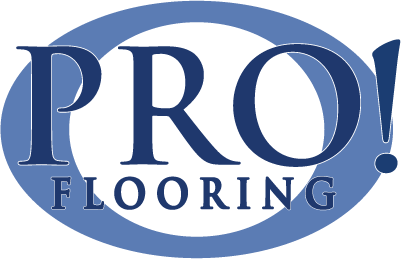
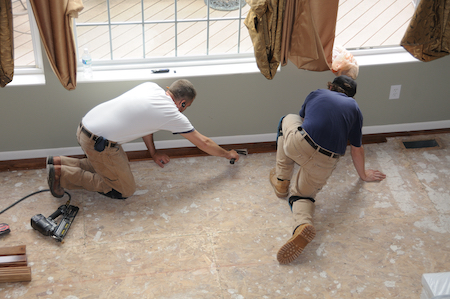 OSB is the newest entry to the market, and has a lot of benefits, depending on what flooring material you are using.
OSB is the newest entry to the market, and has a lot of benefits, depending on what flooring material you are using. Want something more natural? Wool is always a good choice anywhere in your home, including the stairs. If you want the best of both worlds, consider a blended carpet for the stairs, one with both wool and synthetic to give durability and resilience.
Want something more natural? Wool is always a good choice anywhere in your home, including the stairs. If you want the best of both worlds, consider a blended carpet for the stairs, one with both wool and synthetic to give durability and resilience.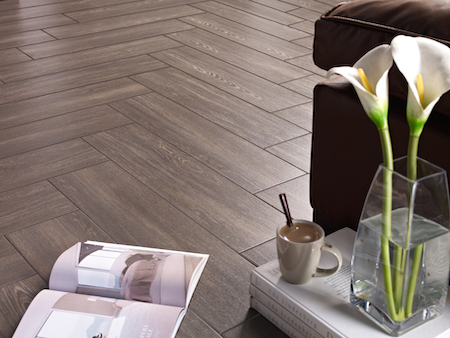 Like every type of flooring, there has been advancement in the industry to create the product line you’ll find in the market today. When floating tile was first introduced, many products cracked easily and separated from the bases to leave a disaster wherever it was installed. Manufacturers took what they learned, when back to the drawing board, and created a product that functions well today.
Like every type of flooring, there has been advancement in the industry to create the product line you’ll find in the market today. When floating tile was first introduced, many products cracked easily and separated from the bases to leave a disaster wherever it was installed. Manufacturers took what they learned, when back to the drawing board, and created a product that functions well today.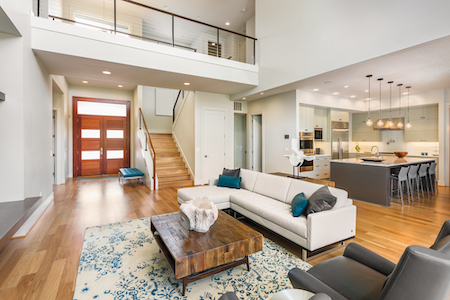 Sisal began making its way into homes in the 1980s, and the design trend has continued ever since. Part of its appeal is it can be used in a casual way in the places you spend a lot of time, or change out the decor, and it instantly takes on a more sophisticated feel.
Sisal began making its way into homes in the 1980s, and the design trend has continued ever since. Part of its appeal is it can be used in a casual way in the places you spend a lot of time, or change out the decor, and it instantly takes on a more sophisticated feel. Today you’ll find both luxury vinyl tile and luxury vinyl planks, commonly referred to as LVT and LVP. These products are waterproof, easy to maintain, and easy to install. They can take on a variety of looks, mimicking some of the most loved flooring options in the world, including hardwood and tile.
Today you’ll find both luxury vinyl tile and luxury vinyl planks, commonly referred to as LVT and LVP. These products are waterproof, easy to maintain, and easy to install. They can take on a variety of looks, mimicking some of the most loved flooring options in the world, including hardwood and tile.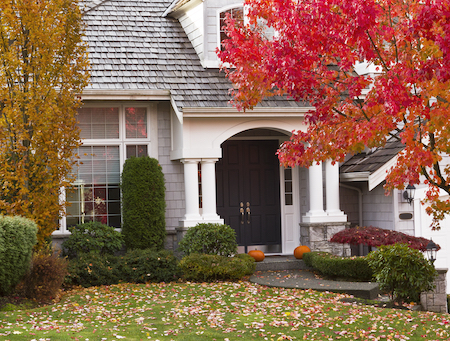 Summer is a great time to run barefoot through the grass. If your kids and pets took full advantage of it, you may notice muddy trails ground into your carpet. These stubborn stains are hard to get out in the best of conditions. Now that it’s ground in dirt, it may be impossible. While this is a perfect time for cleaning your carpet, it may be a time when you realize even carpet cleaning isn’t enough. What you really need is new flooring.
Summer is a great time to run barefoot through the grass. If your kids and pets took full advantage of it, you may notice muddy trails ground into your carpet. These stubborn stains are hard to get out in the best of conditions. Now that it’s ground in dirt, it may be impossible. While this is a perfect time for cleaning your carpet, it may be a time when you realize even carpet cleaning isn’t enough. What you really need is new flooring.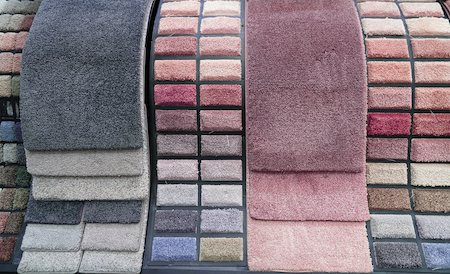 Currently, polyester carpet makes up about 25 percent of the carpet market. It’s come a long way since it was first introduced into the marketplace.
Currently, polyester carpet makes up about 25 percent of the carpet market. It’s come a long way since it was first introduced into the marketplace.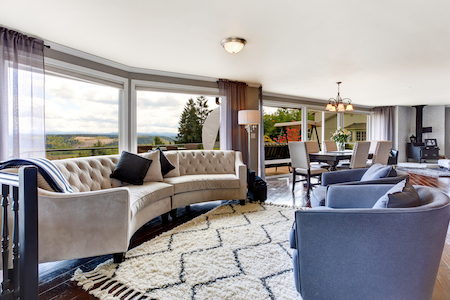 We recommend choosing rug color similarly to selecting furniture and paint color. Darker colors tend to make a room look smaller and cozier, while lighter colors open the space up. If you have neutral furniture, bringing in patterns and bright colors with a rug can add pizzazz. Go neutral if you want a calm, relaxing space.
We recommend choosing rug color similarly to selecting furniture and paint color. Darker colors tend to make a room look smaller and cozier, while lighter colors open the space up. If you have neutral furniture, bringing in patterns and bright colors with a rug can add pizzazz. Go neutral if you want a calm, relaxing space.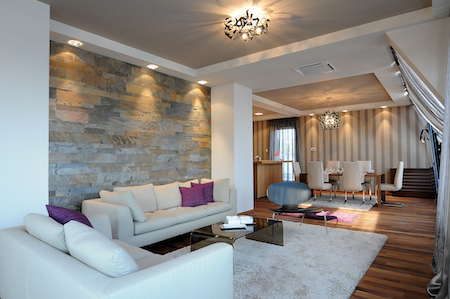 While it’s important to read manufacturer’s guidelines, it’s equally important to note that for most carpet installations, it’s recommended to wait 24 hours before placing furniture back into the room.
While it’s important to read manufacturer’s guidelines, it’s equally important to note that for most carpet installations, it’s recommended to wait 24 hours before placing furniture back into the room.